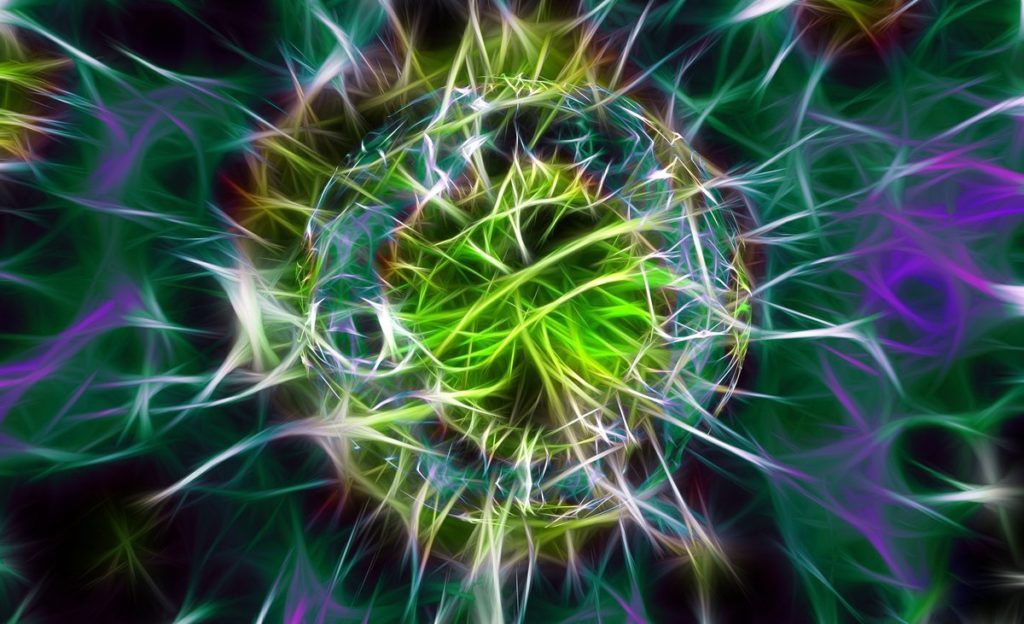
Accurate diagnosis is critical to choosing the right therapies to cure disease. Over the years, advances in diagnostic technologies have transformed medicine and led to improved health around the globe. And exciting opportunities are on the horizon for future improvements.
In the Lasker 2017 fall newsletter we look back at key milestones in the field of diagnostics, including the pap smear test for detecting early signs of cervical cancer and new technologies to identify genetic mutations. We also speak with leading scientists about exciting recent developments and about ways to boost innovation in diagnostics research.
In clinical care, diagnosis and therapy should be linked, but these research fields have often developed separately. There are good reasons for diagnostics to be more closely linked to therapy. For instance when a new antibiotic becomes available, "too often, the diagnostic test development lags behind, which can result in a new drug being overused or underused" says Jean Patel, Deputy Director of the Office of Antimicrobial Resistance at the Centers for Disease Control (CDC).
Years may elapse between developing a DNA-based diagnostic method and the availability of a therapy. Lasker Laureate Yuet Wai Kan, Professor at University California San Francisco (UCSF), demonstrated, in 1975, that a DNA deletion could cause human disease, and in 1976 he developed a DNA test to diagnose the blood disorder thalassemia, and later, sickle cell anemia. Yet gene therapy for these disorders is only now in clinical trials. The good news is that according to Kan, the preminary results of the current clinical trials "appear to be quite promising".
And what advances in diagnosis are on the horizon?
Accordng to Farid Chehab, Professor at the Molecular Diagnostics Laboratory of UCSF, it's Next Genetration Sequencing. The method, he says, still has many challenges, one of which is that it generates "a lot more information than we can currently handle and interpret".
A long anticipated advance is diagnostic tests that can be performed anywhere, any time, and by anyone. Ali Yetisen, a chemical engineer, and biotechnologist at Harvard Medical School, points out that smartphones and wearable devices can be used for continuous monitoring of biomarkers, adding that "we are in the middle of a paradigm shift in preventative monitoring". Hand-held devices also offer the opportunity to perform diagnostics in places with limited resources such as in the developping world or on the battle field, according to Jennifer Leeds, Exceutive Director in the Infectious Diseases Area at the Novartis Institutes for Biomedical Research.
Finally, Lasker Laureate Joseph Gall, recognized for the invention of in situ hybridization, a technique used to diagnose chromosomal integrity, reveals some of the secrets behind his success.
We hope that you enjoy the stories in this newsletter. As always your comments and questions are welcome. (Email: info@laskerfoundation.org)
If you would like to receive our quarterly newsletter, please subscribe at the bottom of this page.
